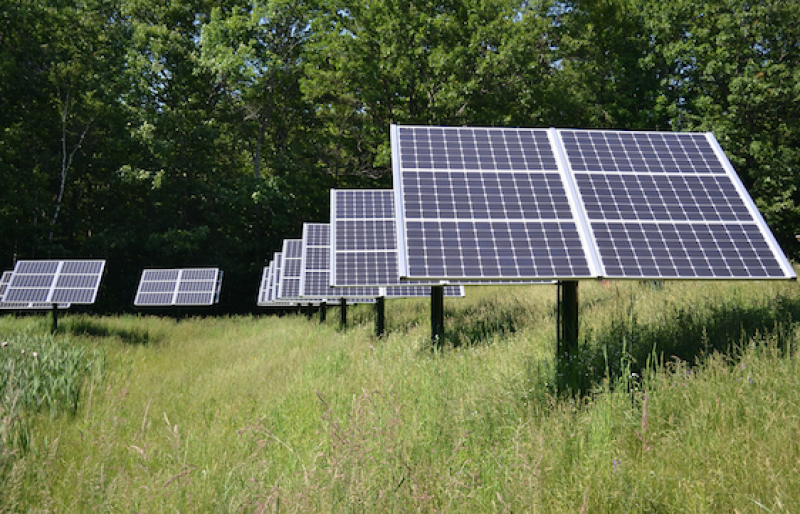A new report by IFC, a member of the World Bank Group, says Papua New Guinea has achieved dramatic growth in the use of off-grid solar products with 60% of households now using solar lighting, compared to just two percent seven years ago.

The report, Going the Distance: Off-Grid Lighting Market Dynamics in Papua New Guinea shows Papua New Guinea has one of the highest rates of use of off grid solar lighting in the developing world. It’s a move driven by the success of IFC’s Lighting PNG program which has helped 22% of the population – or 1.8 million people - gain access to off-grid solar lighting and mobile phone charging for the first time.
Drawing on extensive research in-country, the report says the market for solar solutions now stands at about $260 million a year and is expected to grow over the next five years.
“Solar lighting has now effectively replaced kerosene lamps in homes, which is good for people and the environment,” said IFC’s Resident Representative in Papua New Guinea, John Vivian. “Solar lighting represents only the first step in access for people to energy, so the high penetration of solar lighting is a significant move in a country where only 13% of people are connected to an electricity grid.”
The report says the market penetration of solar products in Papua New Guinea is significantly higher than other off-grid solar markets such as India, Nigeria, Bangladesh and Myanmar. Seven years ago, most homes in Papua New Guinea relied on firewood, kerosene and other products for lighting needs, with little ability to charge mobile phones.
“The Lighting PNG program has been able to spur the market, bringing in global manufacturers and linking them with local distributors, showing there is a market for off grid solar products in the country,” said the lead of IFC’s energy advisory program in the Pacific, Subrata Barman. “To help grow the market responsibly, we are now working with the government of Papua New Guinea to adopt standards for off grid solar products as , it’s clear that solar lighting solutions will continue to play an important role in Papua New Guinea’s overall electrification strategy.”
The report says the successful growth of off grid solar lighting in Papua New Guinea can be attributed to a range of factors, including people having sufficient disposable income, long term relationships between global manufacturers and local distributors, effective awareness campaigns across population centers on quality verified products and the Lighting PNG program.
IFC’s work on energy in Papua New Guinea is supported by the Australian and New Zealand governments under the Papua New Guinea Partnership. Under its national plan, Papua New Guinea plans to transition to 100 percent renewable energy by 2050.